Exotic birds make fascinating companions with their vibrant colors, impressive intelligence, and charming personalities. However, unlike dogs or cats that might whine or display obvious signs of distress, birds communicate their emotional state through subtle behavioral and physical changes that can be easy to miss. Recognizing when your feathered friend is stressed or unhappy is crucial for maintaining their well-being and addressing problems before they escalate into serious health issues. Birds naturally conceal signs of weakness as a survival mechanism from their wild ancestry, making it even more important for responsible bird owners to become fluent in their pets’ unique language of distress. This comprehensive guide will help you identify the sometimes-subtle indicators that your exotic bird might be struggling and provide actionable steps to improve their quality of life.
Understanding Normal Bird Behavior: Your Baseline for Comparison
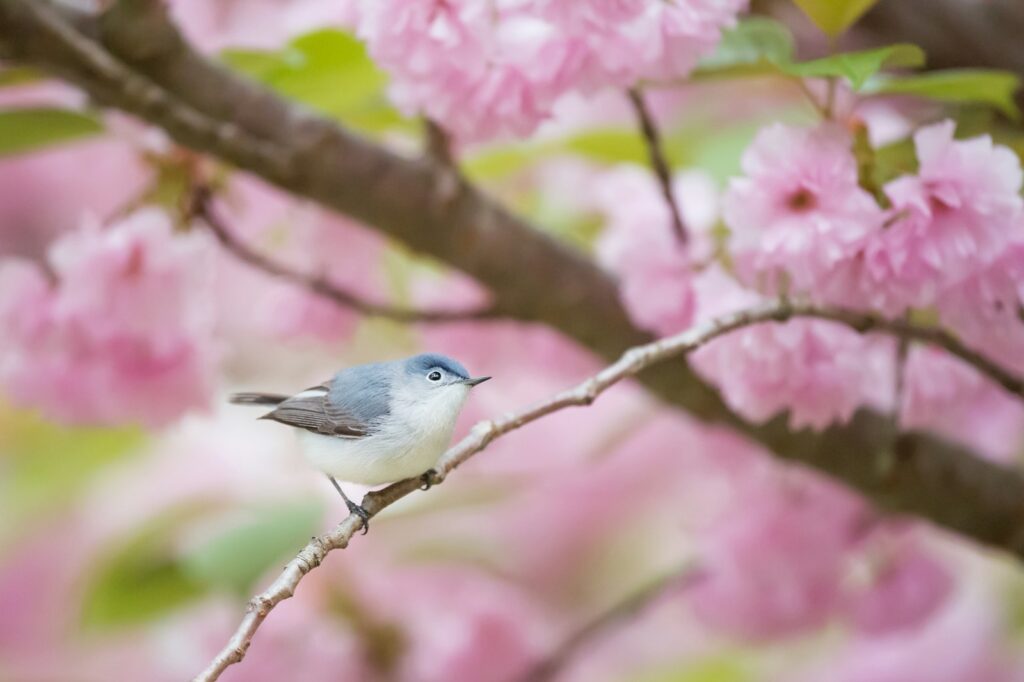
Before you can identify abnormal behavior in your exotic bird, you need to establish what constitutes “normal” for your specific pet. Birds, even within the same species, can have vastly different personalities and behavioral patterns that define their unique temperament. Spend time observing your bird when they’re relaxed and content, noting how they typically interact with their environment, their activity levels throughout the day, and their usual vocalizations. A healthy, happy bird generally maintains consistent eating habits, engages enthusiastically with toys and enrichment items, and displays species-appropriate social behaviors. This personal baseline will serve as your reference point, allowing you to notice deviations that might indicate stress or unhappiness before they become severe problems requiring veterinary intervention.
Feather-Related Signs of Stress in Exotic Birds
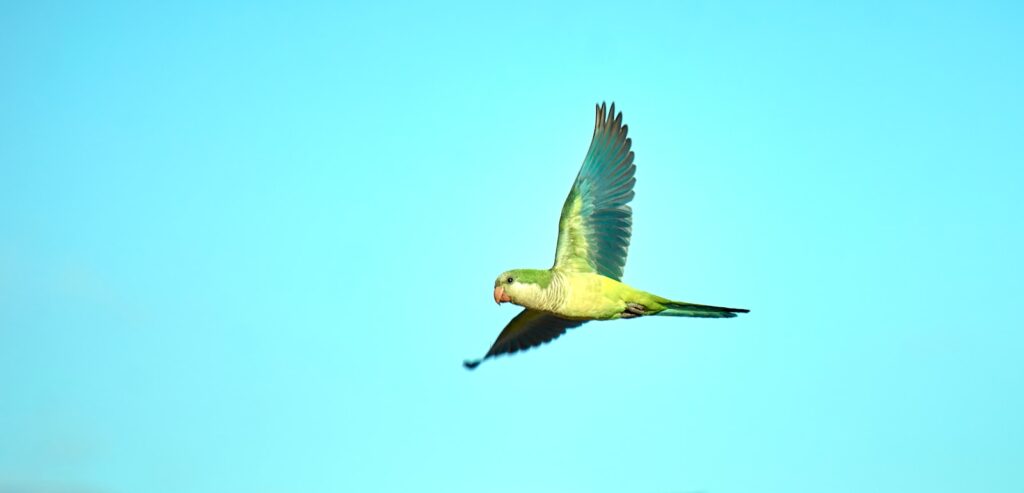
Feather condition and grooming behavior provide crucial insights into your bird’s emotional well-being. One of the most common indicators of stress is feather plucking or overpreening, where birds damage or remove their own feathers, creating bare patches on their body—particularly noticeable on the chest, under wings, or on the thighs. Stressed birds might also hold their feathers tightly against their body rather than having a relaxed, fluffy appearance, giving them a slimmer silhouette than usual. Some birds demonstrate “quaking” behavior where their feathers visibly tremble even in comfortable temperatures, indicating nervous tension. Discolored or damaged feathers not explained by normal molting cycles can also signal nutritional problems often connected to stress or psychological distress.
Changes in Vocalization Patterns
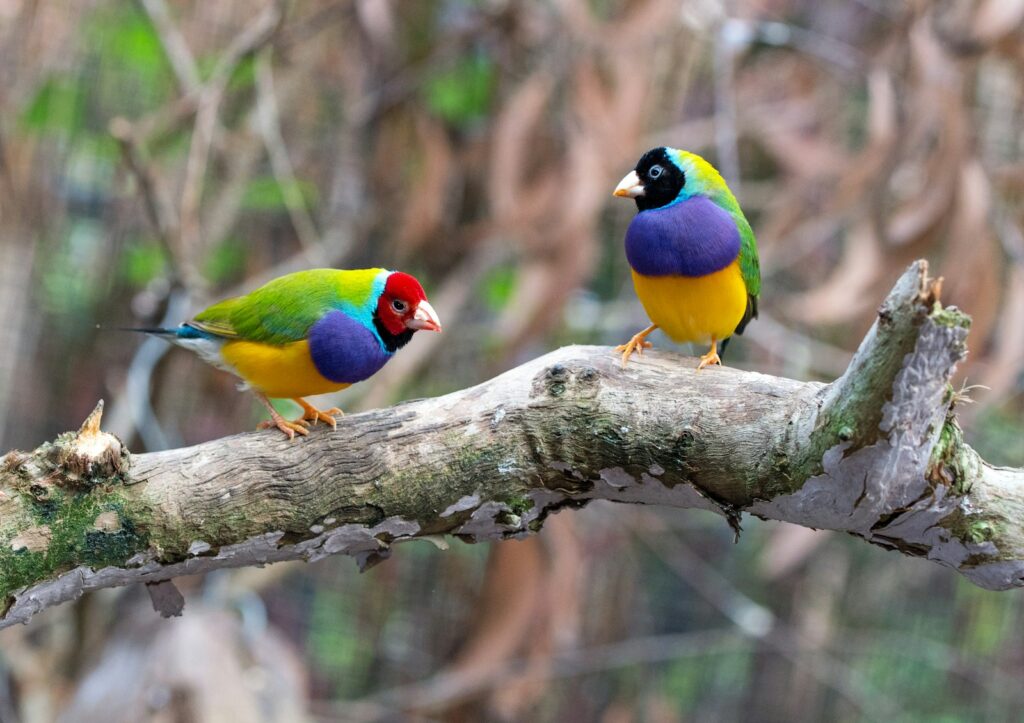
Birds communicate extensively through sound, and alterations in their normal vocalization patterns often signal distress. A typically vocal bird that suddenly becomes quiet may be experiencing fear, illness, or depression, while excessive screaming or repetitive calls outside of their usual “chatty” periods could indicate anxiety or a need for attention. Some stressed birds develop new, harsh vocalizations that sound distinctly different from their normal repertoire—these stress calls might be sharper, more persistent, or occur at unusual times of day. Pay particular attention to changes in morning and evening vocalizations, as these are times when most exotic birds are naturally more vocal; disruptions to these patterns often serve as early warning signs of emotional disturbance.
Aggression and Defensive Behaviors
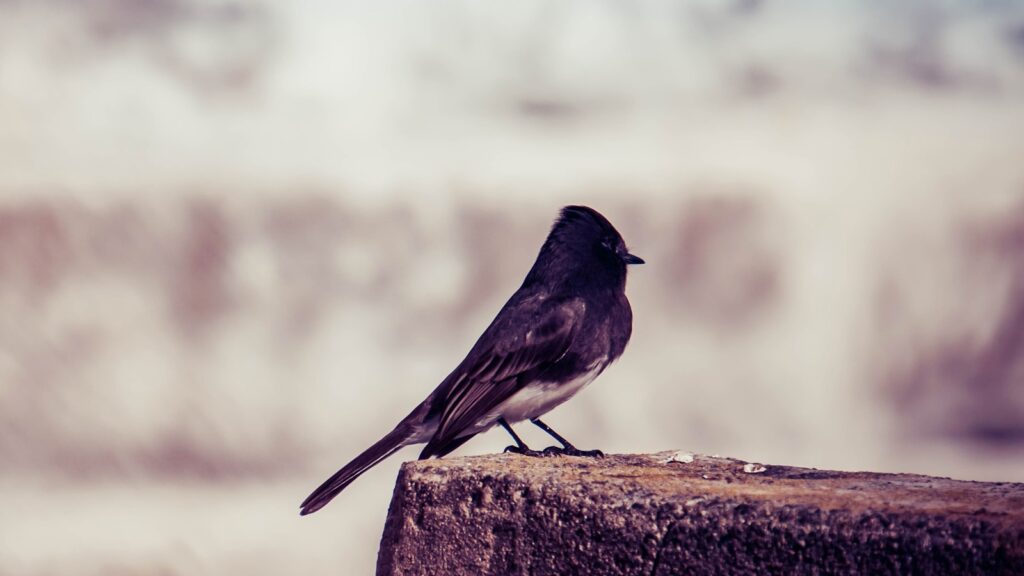
A bird experiencing chronic stress may exhibit uncharacteristic aggression toward caregivers, other pets, or even beloved toys. This behavioral shift often manifests as lunging, excessive biting with more force than their normal playful nips, or aggressive posturing with wings partially extended and feathers ruffled. Some birds become territorially defensive about their cage when stressed, displaying exaggerated protective behaviors when anyone approaches their space. Previously gentle birds might begin attacking their own reflection or suddenly react with fear to familiar household members. These aggressive tendencies usually don’t appear overnight but develop gradually as stress accumulates, making regular interaction crucial for detecting these changes early.
Changes in Appetite and Eating Habits
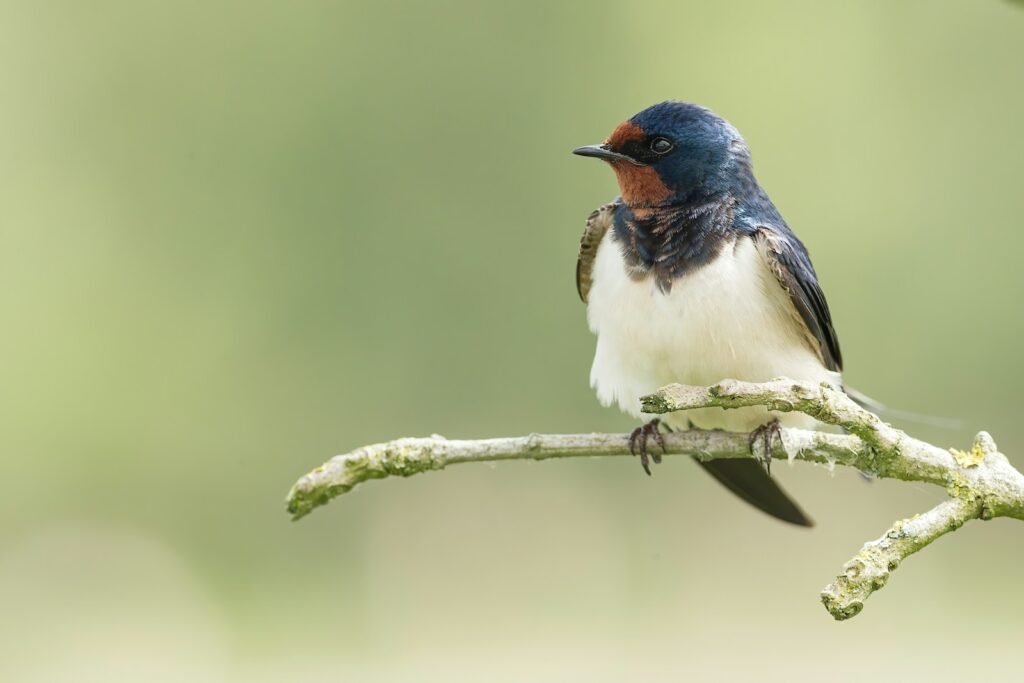
Significant alterations in your bird’s eating patterns often indicate underlying stress or unhappiness. A stressed bird might suddenly refuse favorite foods, eat substantially less overall, or become extremely selective about what they consume. Some birds begin shredding food rather than eating it, scattering it around their cage in what appears to be play but is actually a displacement behavior stemming from anxiety. Weight loss accompanying these changes is particularly concerning and warrants immediate veterinary attention, as birds have high metabolic rates and can deteriorate quickly when not eating properly. Conversely, some stressed birds may overeat as a coping mechanism, though this is less common than reduced appetite.
Abnormal Physical Postures and Movements
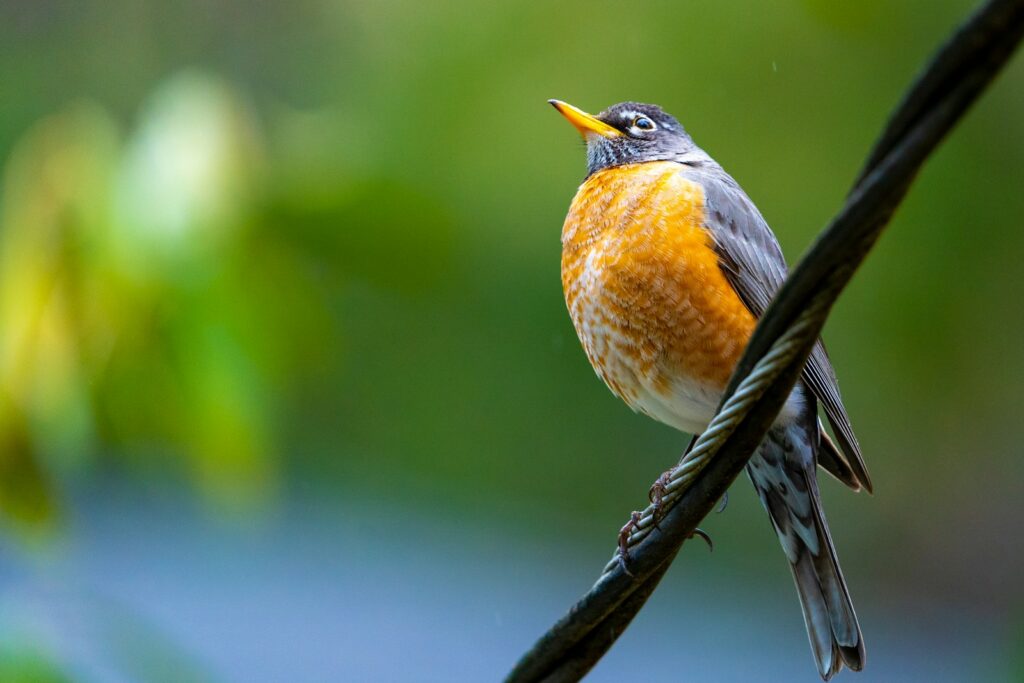
Happy, content birds typically move with confidence and grace, while stressed birds often display distinctive postures that signal discomfort. A stressed bird might remain motionless on a perch for extended periods, sometimes with eyes partially closed during normal active hours—a behavior known as “perch sitting” that indicates withdrawal. Wing drooping (when not sleeping or intentionally sunning), tail bobbing when breathing, or constant shifting from foot to foot can all indicate physical discomfort often associated with stress. Some distressed birds develop stereotypic movements—repetitive, purposeless actions like head swinging, pacing along a perch, or rhythmic stepping side-to-side that serve no functional purpose but appear to self-soothe the anxious bird.
Sleep Disturbances and Nighttime Behavior
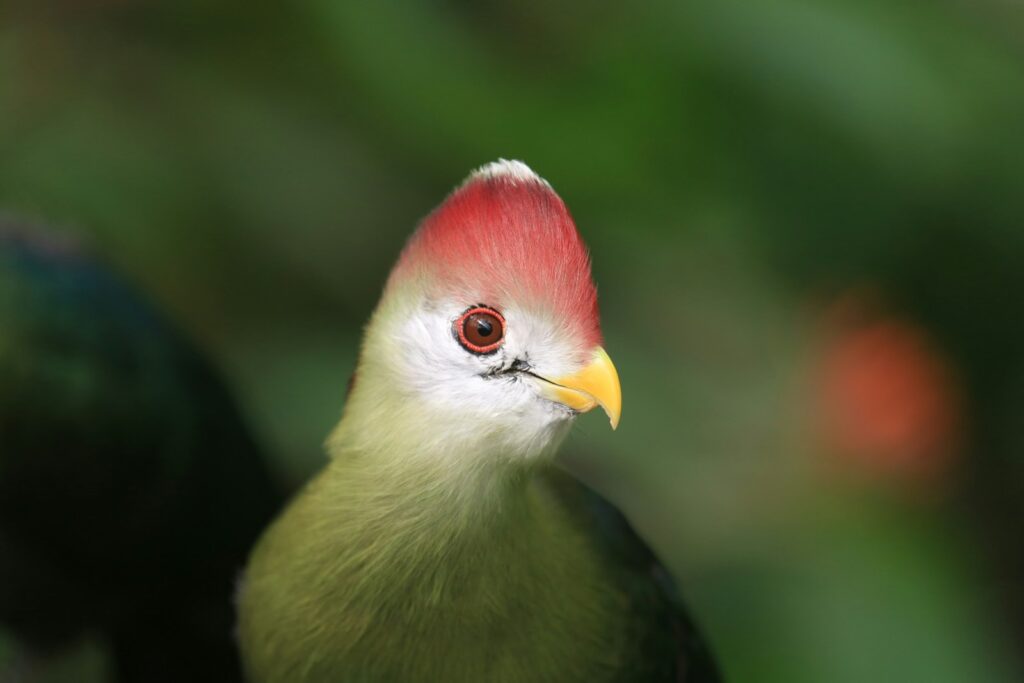
Healthy exotic birds typically maintain consistent sleep patterns, settling down at dusk and remaining relatively quiet throughout the night. Birds suffering from stress or anxiety may experience nighttime disturbances, including nightmares that cause them to thrash around their cage, emit alarm calls during sleeping hours, or repeatedly wake throughout the night. You might notice your bird appears sluggish during the day despite having what should have been adequate sleeping time, suggesting their sleep quality was poor. Some stressed birds develop night frights—sudden episodes of panic during darkness that cause them to frantically fly around their cage, potentially injuring themselves in the process. Monitoring your bird’s sleeping area occasionally with a night-vision camera can reveal these otherwise invisible signs of nocturnal distress.
Changes in Social Interaction and Bonding
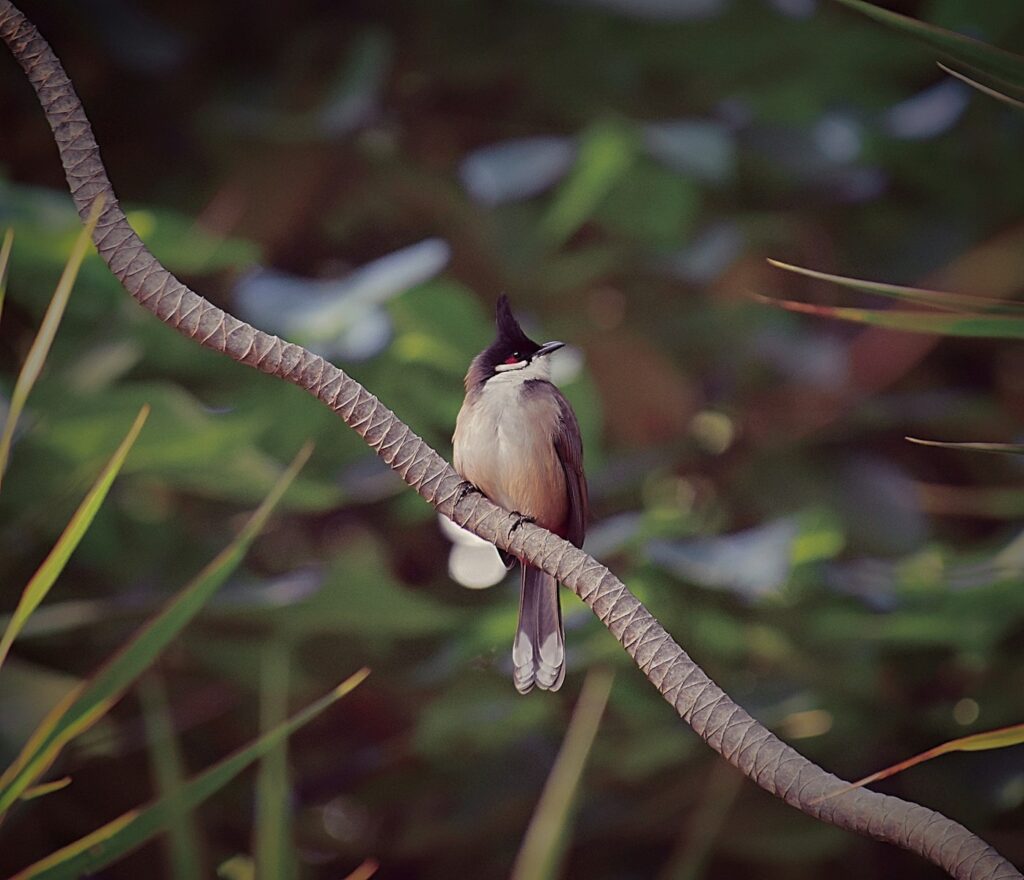
Birds are highly social creatures, and changes in how they interact with their human family members often indicate emotional distress. A previously affectionate bird that begins avoiding handling, refusing to step up onto your hand, or retreating to the back of the cage when approached may be experiencing stress or losing trust. Some stressed birds display contradictory behaviors, seeming to solicit attention by calling to you but then rejecting interaction when you respond. Birds bonded to multiple family members might suddenly prefer only one person while showing fear of others without any clear trigger for this change. Particularly concerning is when a normally social bird begins treating a previously trusted caregiver as a predator, displaying defensive posturing or panicked flight responses when approached.
Destructive or Self-Harming Behaviors
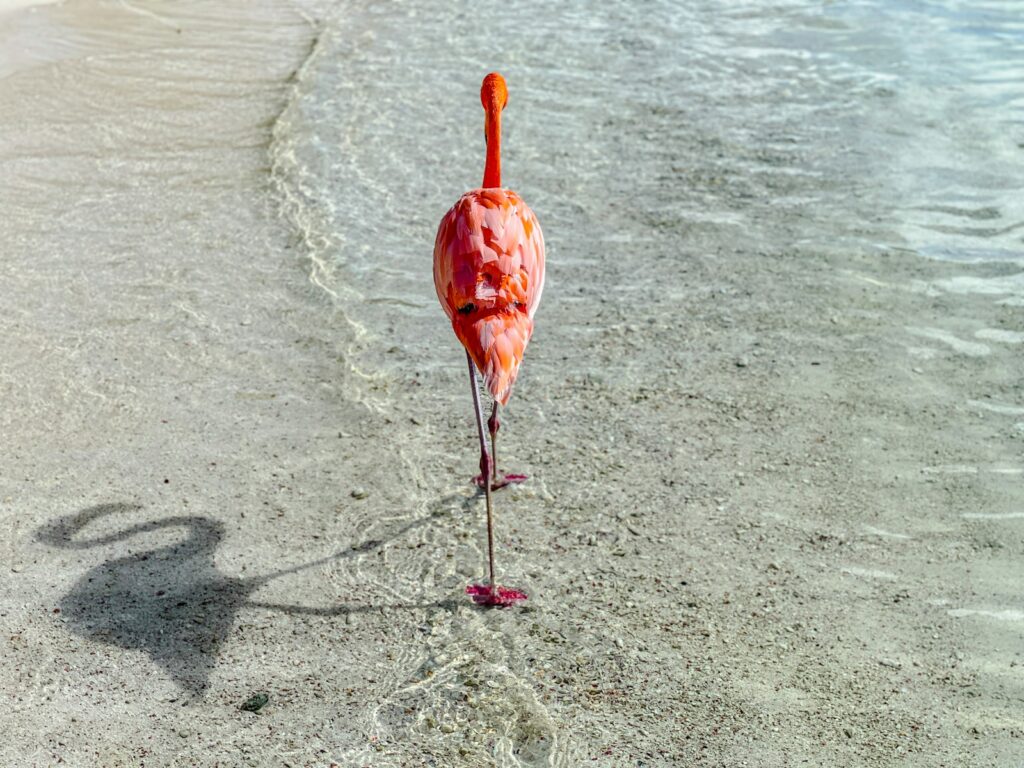
Chronic stress can drive exotic birds to engage in behaviors that cause physical harm to themselves or their environment beyond normal play and exploration. Excessive chewing of cage bars, obsessive destruction of toys beyond playful interaction, or aggressive dismantling of their entire environment can indicate psychological distress requiring intervention. More alarming are self-directed harmful behaviors like self-mutilation of the skin, particularly around the legs or under the wings where birds may obsessively pick until they create wounds. Some larger parrots may bang their beaks repeatedly against hard surfaces or develop behaviors like toe-tapping or foot-clenching that can eventually cause physical damage. These destructive patterns typically intensify over time if the underlying stressors remain unaddressed.
Environmental Sensitivities and Stress Triggers
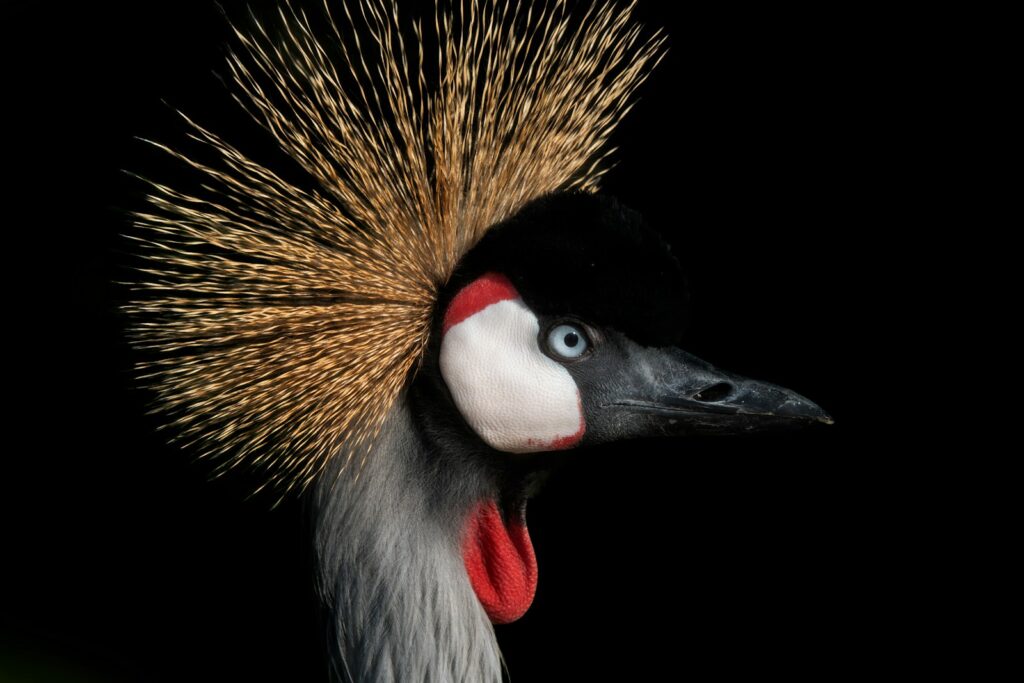
Exotic birds possess remarkably sensitive nervous systems that can be overwhelmed by environmental factors humans might not even notice. Common household stress triggers include ultrasonic sounds emitted by electronics, subtle air quality changes from new cleaning products or air fresheners, or changes in lighting that disrupt their circadian rhythms. Some birds develop specific phobias to items like vacuum cleaners, balloons, or even particular clothing colors based on negative associations or past experiences. Watch for patterns in your bird’s stress behaviors—noting whether they occur during specific times of day, after certain household activities, or in response to particular environmental changes—to identify potential triggers that might be affecting your pet’s emotional state.
Physical Health Symptoms Related to Stress

Chronic stress in birds frequently manifests as physical health problems that might not immediately seem connected to emotional well-being. Stress-weakened immune systems can lead to increased susceptibility to infections, visible as eye or nasal discharge, sneezing, or recurring bacterial or fungal issues that previously weren’t problems. Digestive disturbances are common stress responses, resulting in changes to droppings including more frequent, watery, or abnormally colored waste. Some stressed birds develop dermatological issues like dry, flaky skin or inflammation around feather follicles even without visible feather plucking. Particularly concerning are stress-induced hormonal imbalances that might trigger inappropriate reproductive behaviors regardless of season, including egg-laying in unpaired females or regurgitation directed at objects the bird has inappropriately bonded with.
Addressing Your Bird’s Stress: Creating Solutions
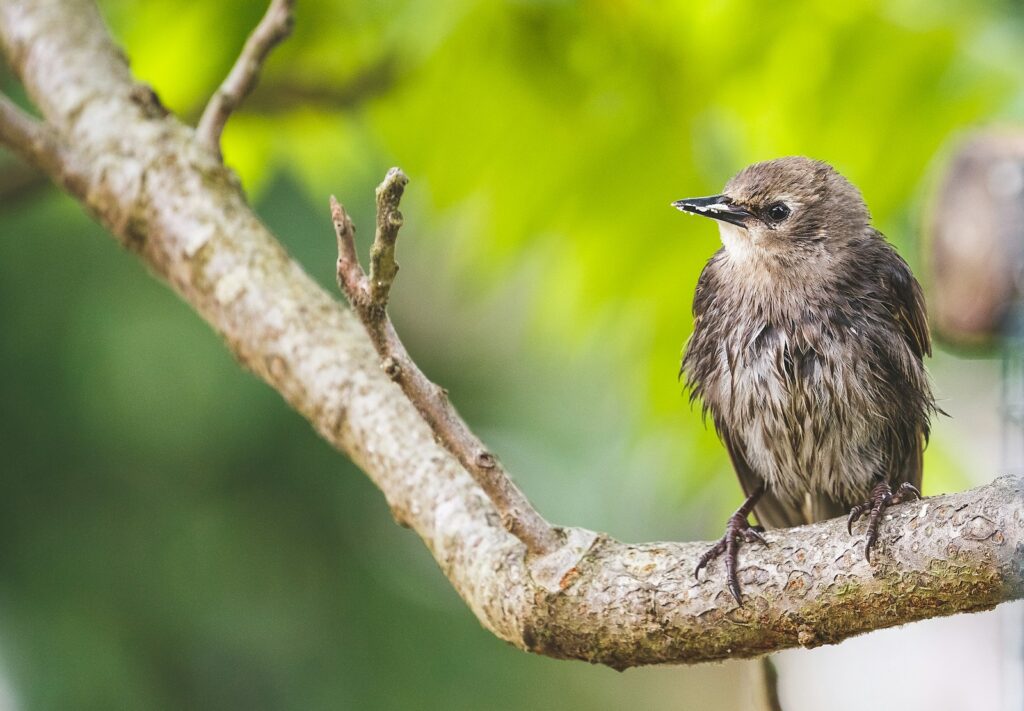
Once you’ve identified signs of stress in your exotic bird, implementing appropriate interventions becomes crucial for restoring their emotional well-being. Begin by evaluating your bird’s environment for potential stressors—ensuring their cage provides adequate space, appropriate perches of varying diameters, and is positioned in a location that balances social inclusion with security away from drafts, cooking fumes, or excessive noise. Establish consistent daily routines that provide predictability, including regular sleeping hours with 10-12 hours of darkness and quiet. Enrich their environment with appropriate foraging toys that encourage natural behaviors and mental stimulation, rotating items regularly to prevent boredom. For serious cases of stress or self-harm, consult an avian veterinarian who may recommend behavior modification techniques, environmental modifications, or occasionally, appropriate medication to help manage severe anxiety while addressing underlying causes.
When to Seek Professional Veterinary Help
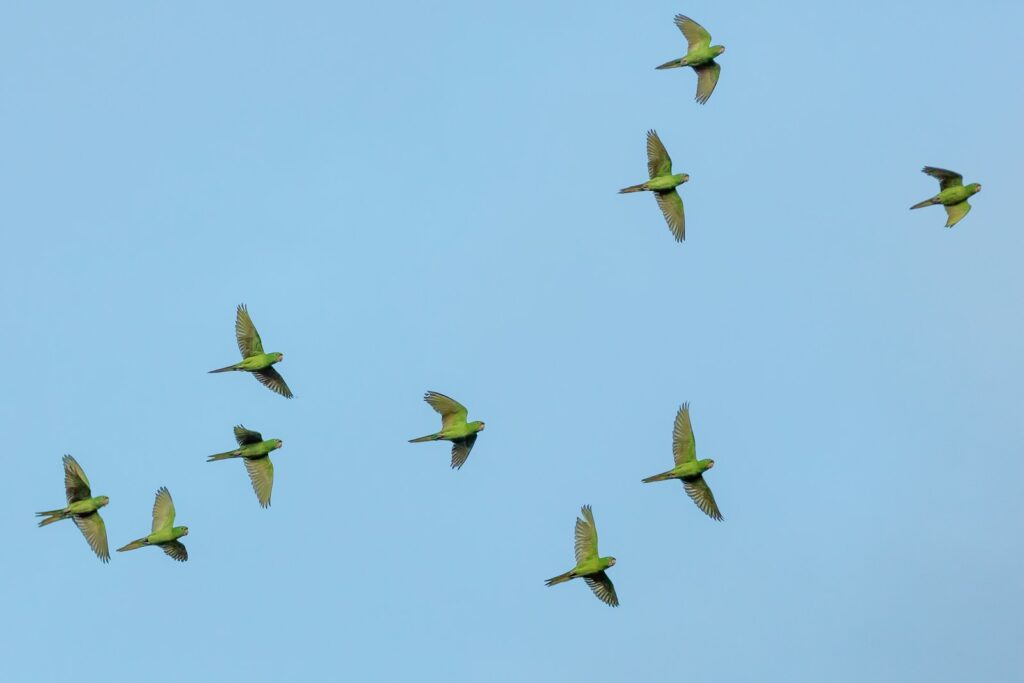
While mild stress behaviors might respond well to owner-implemented environmental changes, certain situations demand prompt professional intervention. Contact an avian veterinarian immediately if your bird shows signs of self-mutilation, significant weight loss, difficulty breathing, or lethargy combined with stress behaviors. Sudden behavioral changes without obvious environmental triggers warrant professional assessment, as these can signal underlying medical conditions that present initially as behavioral issues. Chronic stress suppresses the immune system and can mask disease symptoms, making regular health checks particularly important for birds displaying long-term stress indicators. The best outcomes occur when owners and veterinarians work collaboratively—the owner providing detailed observations of behavioral changes and the veterinarian contributing medical expertise to create a comprehensive physical and psychological wellness plan tailored to the individual bird’s needs.
Coinclusion
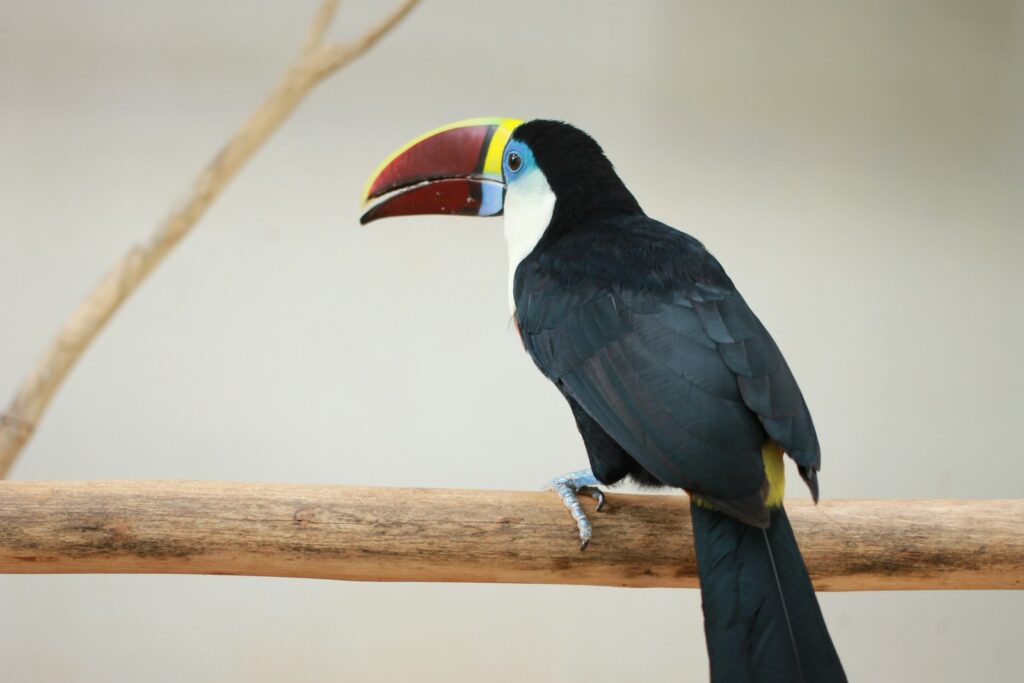
Recognizing stress in exotic birds requires attentiveness, patience, and knowledge of your particular pet’s normal behaviors. By learning to read these subtle signals early, you can intervene before stress develops into more serious physical or psychological problems. Remember that birds have evolved to hide illness and distress as a survival mechanism, making your role as an observant caregiver essential to their wellbeing. The time invested in understanding your bird’s unique communication style builds a stronger bond between you while ensuring they enjoy the highest possible quality of life in captivity. With proper attention to their emotional needs, your exotic bird can thrive as a cherished member of your family for many years to come.

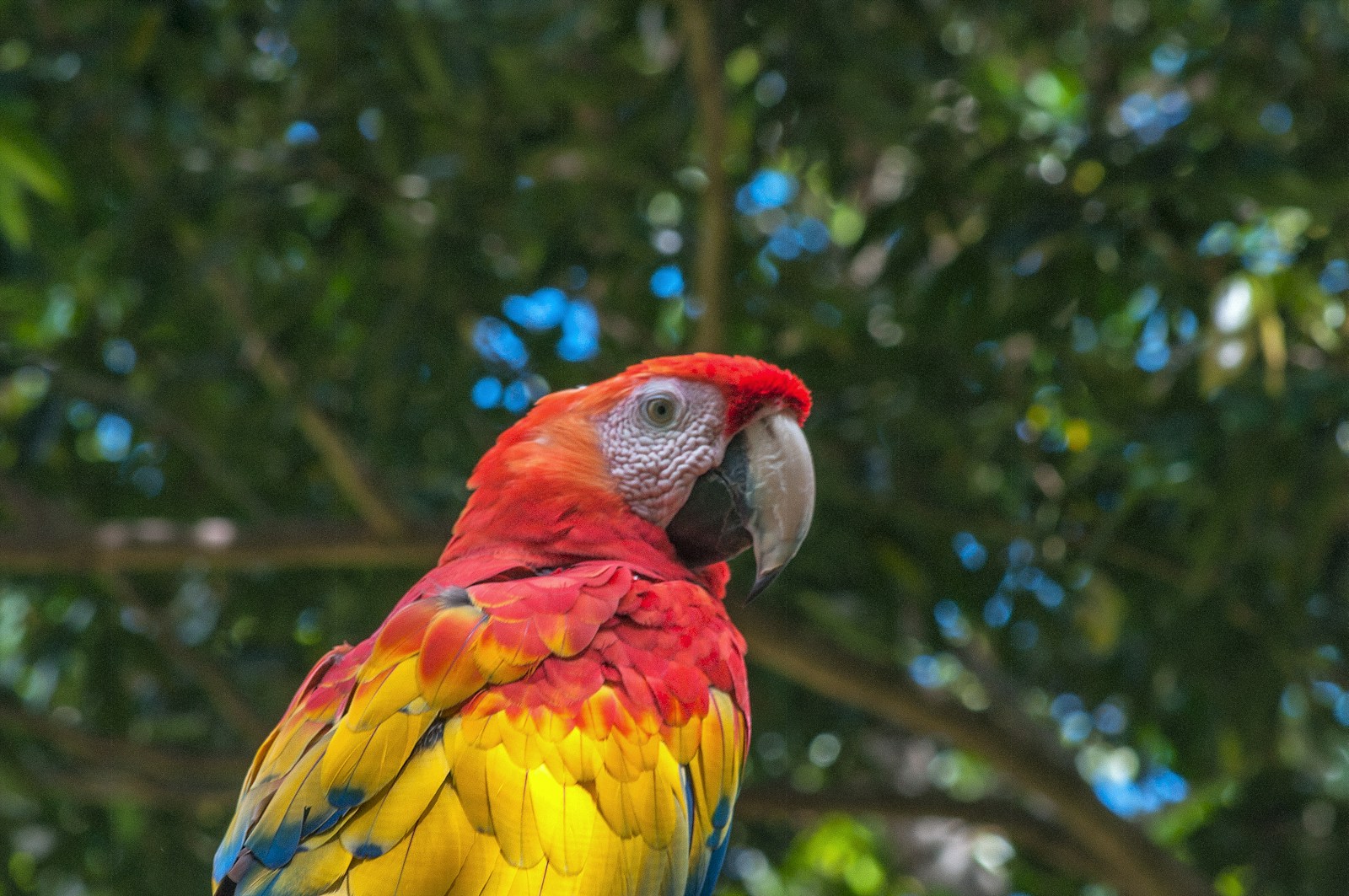



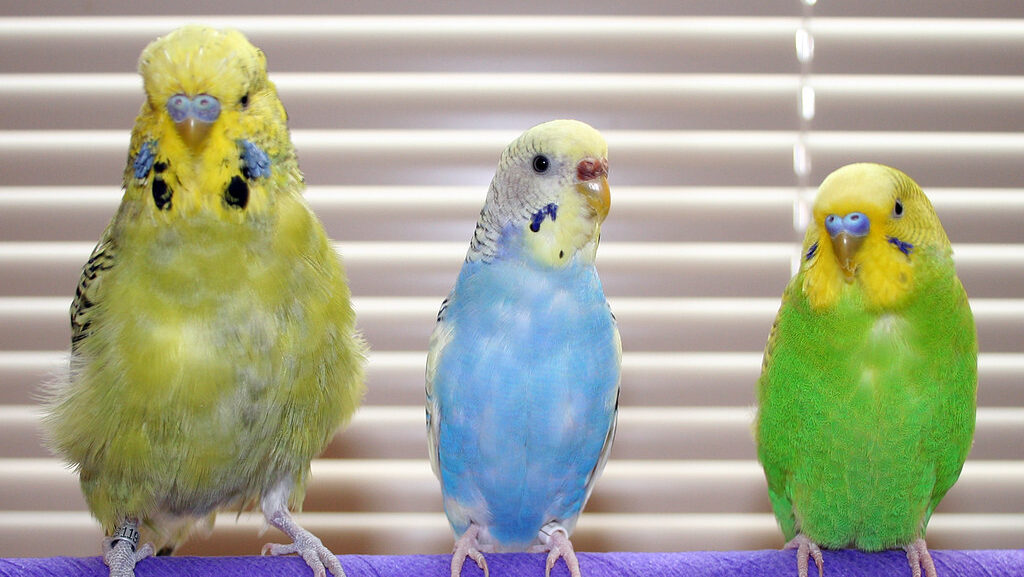
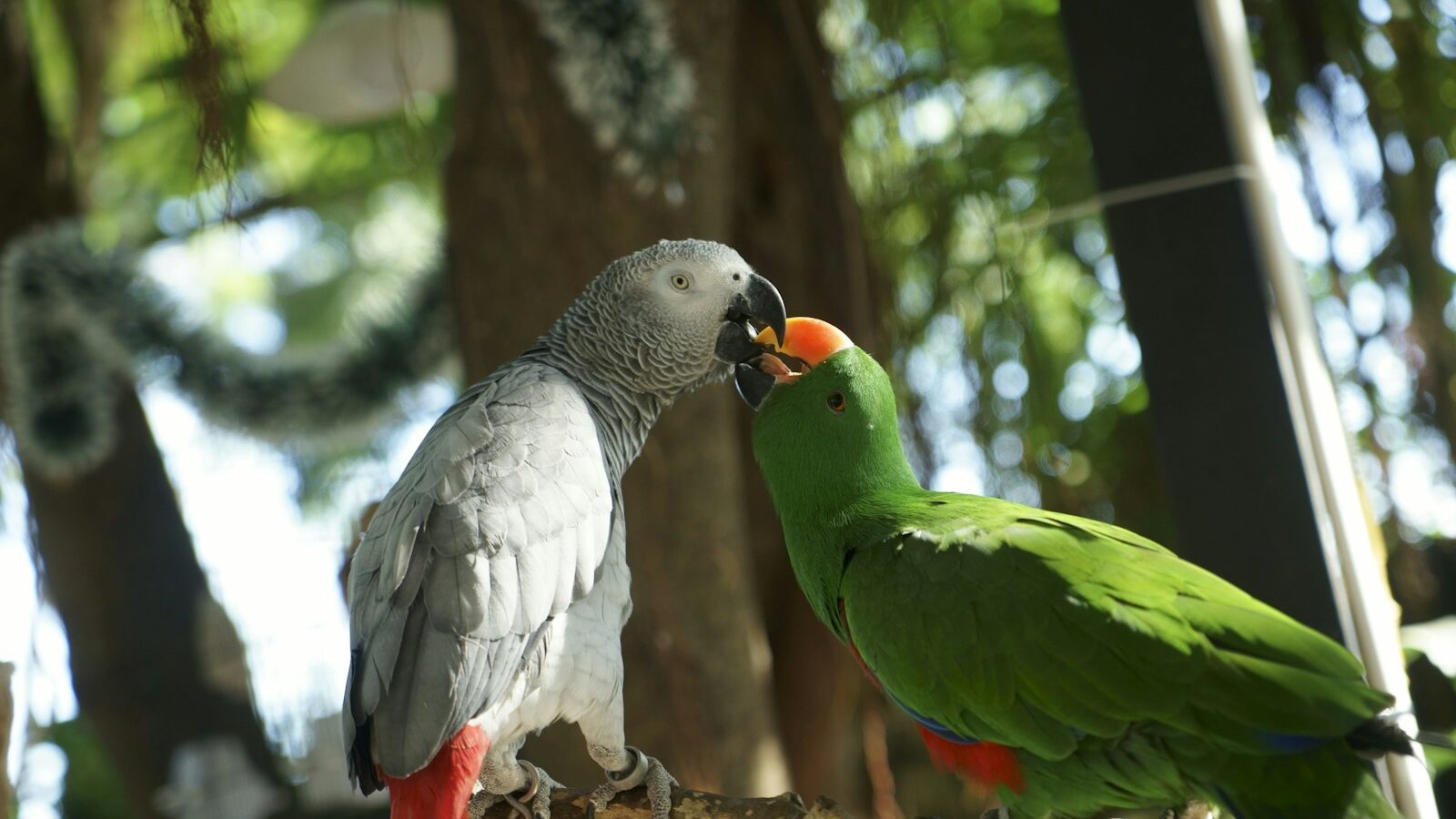

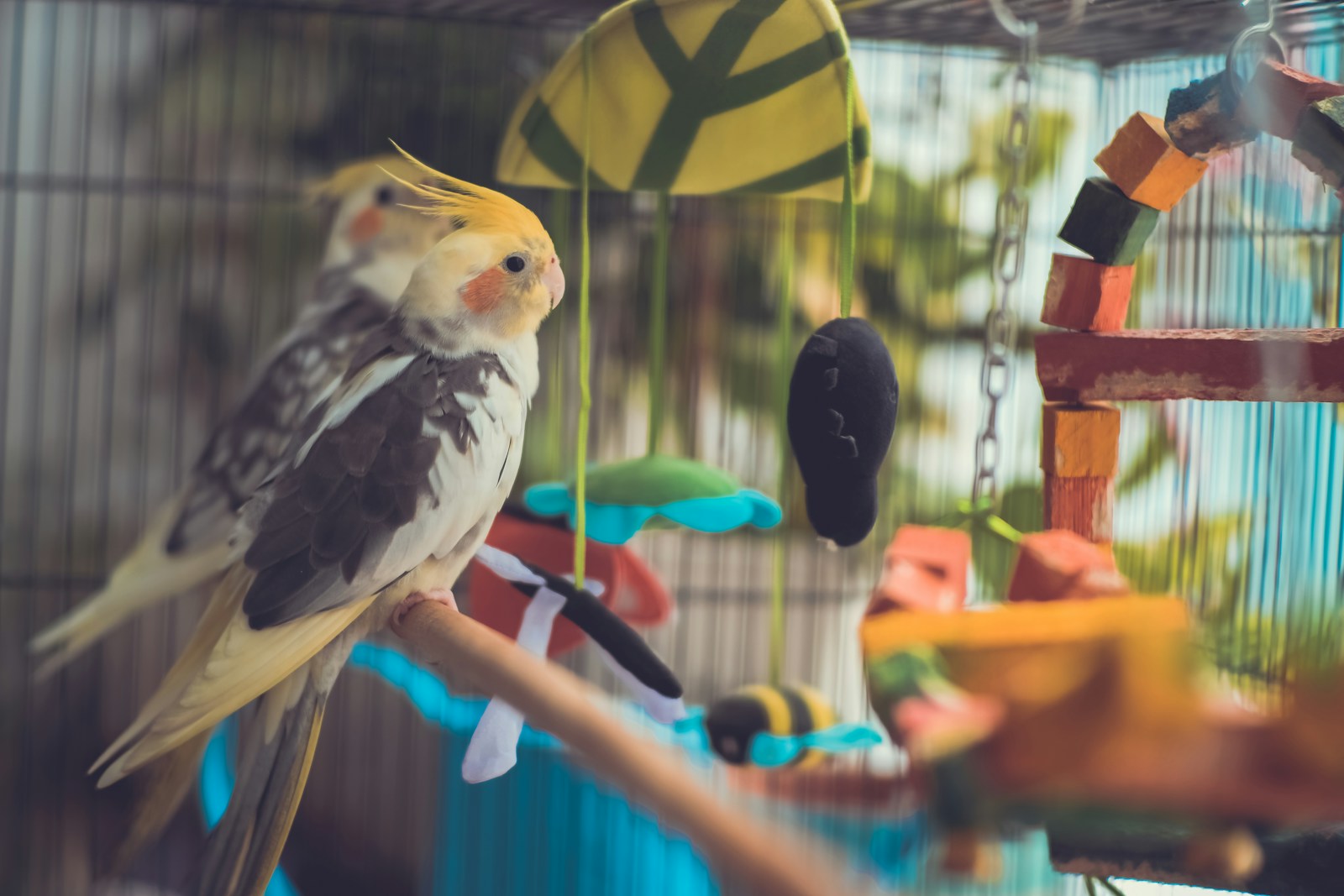
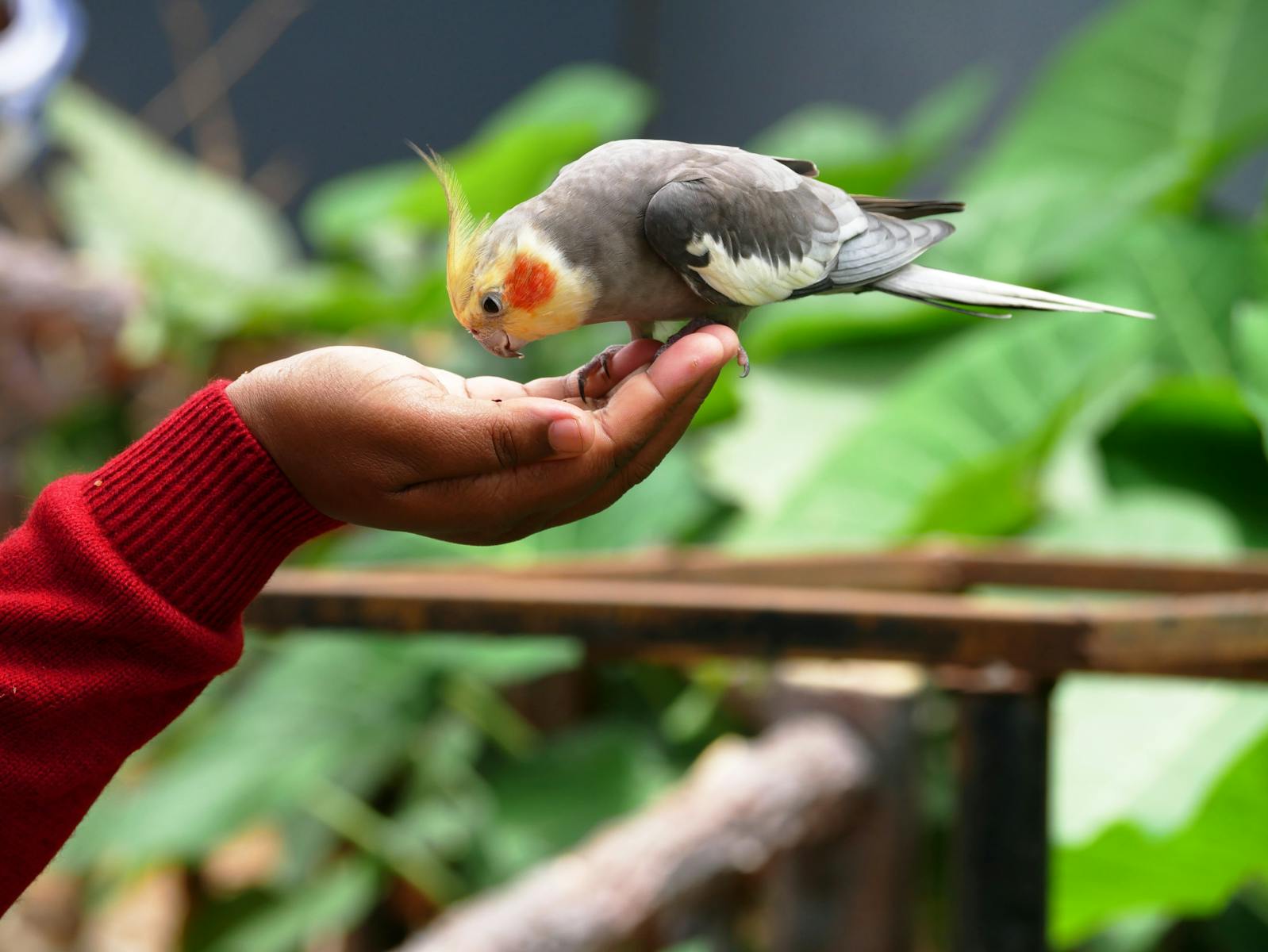
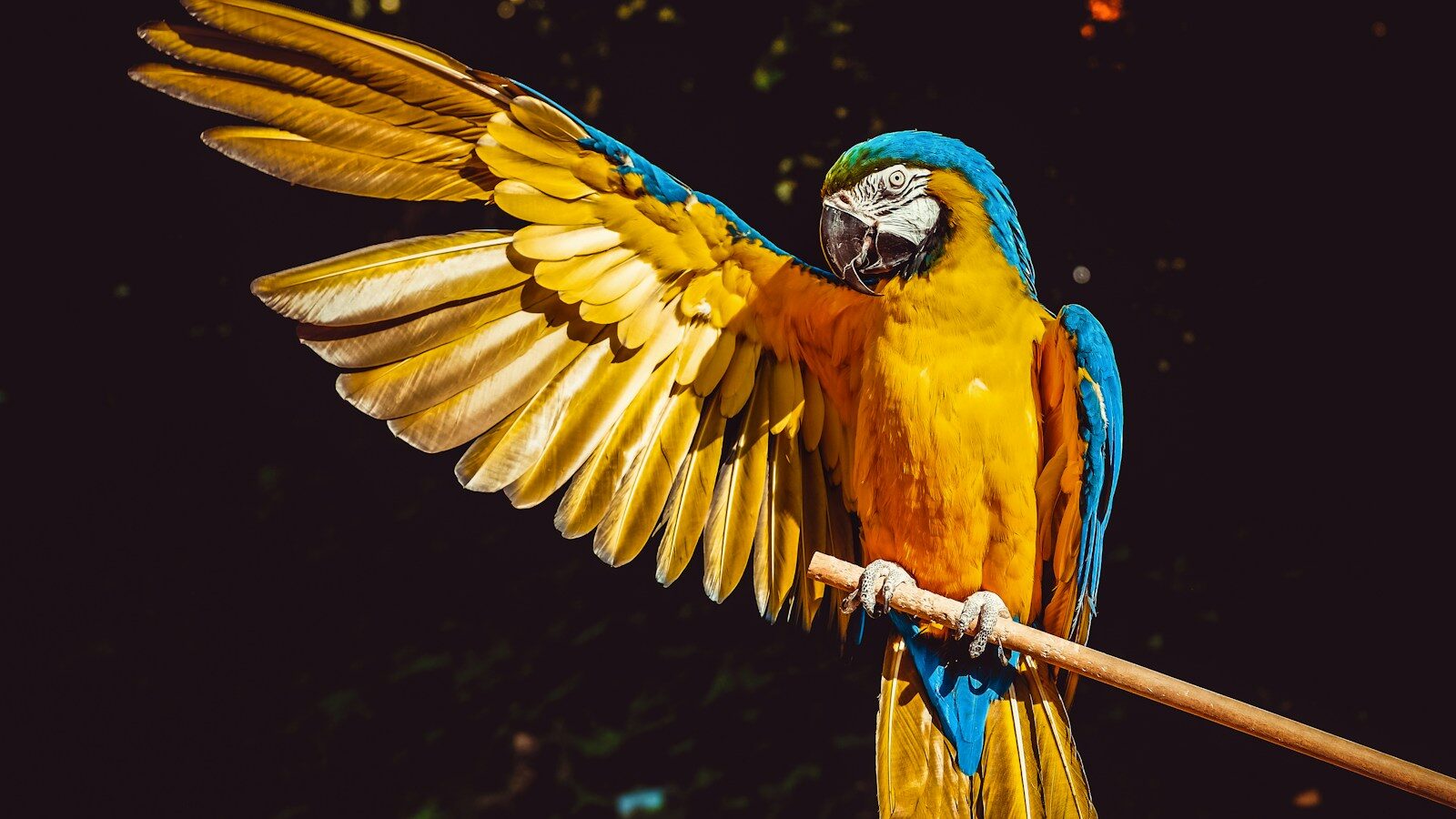




Leave a Reply